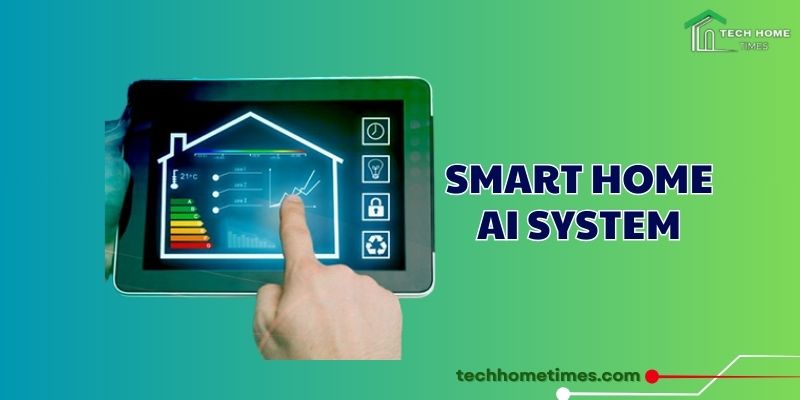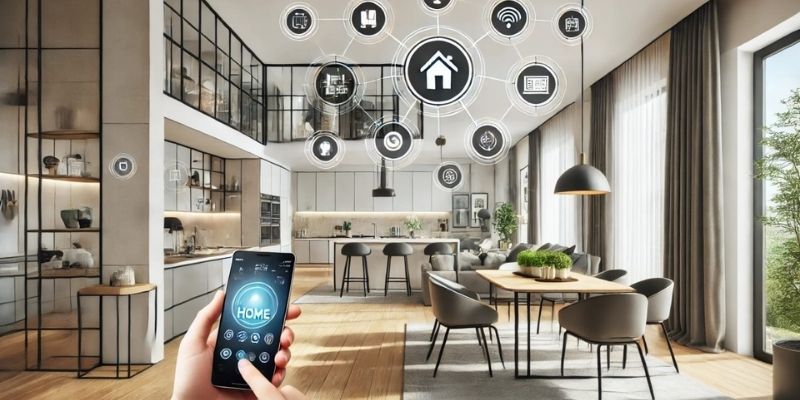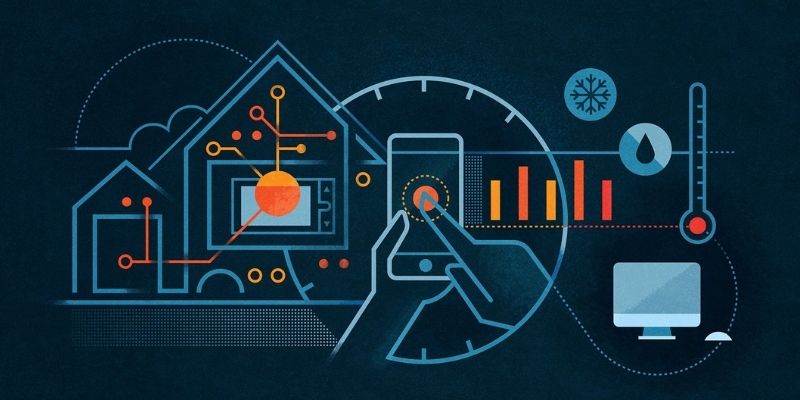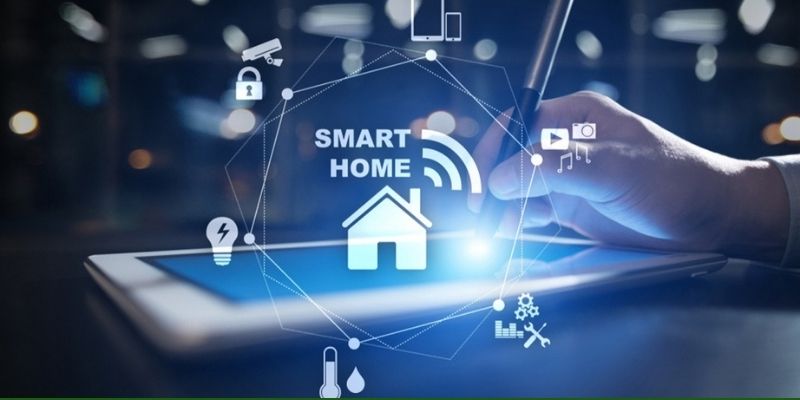Smart Home AI System – The Core

In the increasingly interconnected world of smart homes, the smart home AI system acts as the central nervous system, orchestrating the myriad of devices and functionalities to create a truly intelligent and seamless living experience.
Contents
The Foundational Elements of a Smart Home AI System

The smart home AI system is more than just a collection of connected devices; it’s a cohesive infrastructure built upon several key elements that enable intelligence and unified control:
Centralized Control and Integration Hub
At the heart of any effective smart home AI system lies a central hub or controller. This device acts as the communication nexus, connecting and managing the diverse array of smart devices within the home, regardless of their manufacturer or communication protocol (such as Wi-Fi, Zigbee, Z-Wave, Bluetooth).
The hub provides a unified platform for control, often accessible through mobile applications, voice assistants, and web interfaces. Its ability to bridge communication gaps between disparate devices is fundamental to creating a truly integrated smart home experience.
Artificial Intelligence Processing Unit
The “AI” component of the smart home AI system is crucial for enabling intelligent automation and personalization. This processing can occur locally within the hub or leverage cloud-based AI services. The AI unit analyzes data collected from connected devices, learns user behavior and preferences, and makes intelligent decisions to automate tasks, optimize performance, and provide proactive assistance.
This includes natural language processing for voice control, machine learning for predictive automation, and potentially computer vision for object recognition in connected cameras.
Communication Protocols and Network Infrastructure
A reliable and robust network infrastructure is essential for the seamless operation of a smart home AI system. This includes the home’s Wi-Fi network, as well as other wireless protocols like Zigbee and Z-Wave, which are often preferred for low-power devices like sensors and actuators.
The central hub manages communication over these various protocols, ensuring that commands are relayed efficiently and data is collected reliably from all connected devices. The choice and configuration of these communication protocols significantly impact the responsiveness and stability of the entire system.
Software Platform and Ecosystem
The software platform underpinning the smart home AI system provides the user interface for control, the engine for automation routines, and the framework for integrating new devices and services. A well-designed platform offers an intuitive user experience, allowing for easy setup, customization, and management of the smart home.
The ecosystem surrounding the platform, including the range of compatible devices and third-party integrations, is a critical factor in the overall functionality and versatility of the smart home AI system.
Core Functionalities Enabled by the Smart Home AI System

A well-implemented smart home AI system unlocks a range of powerful functionalities that enhance convenience, comfort, security, and efficiency:
Intelligent Automation and Scenes
The core system enables the creation of complex automation routines and scenes that go beyond simple scheduling.
AI algorithms can trigger actions based on a multitude of factors, including time of day, sensor input (motion, light, temperature), user presence (geofencing), and even learned behavior patterns. For example, a “Good Morning” scene might automatically adjust lighting, play music, and start the coffee maker based on your typical wake-up time and preferences learned by the AI.
Enhanced Security and Monitoring
The smart home AI system integrates and enhances the capabilities of smart security devices. AI-powered features like facial recognition in cameras, anomaly detection in sensor data, and intelligent alerts are processed and managed by the central system, providing a more proactive and comprehensive security solution.
The system can also automate security responses, such as locking doors or sounding alarms based on detected events.
Personalized Comfort and Energy Efficiency
AI algorithms within the core system analyze user preferences and environmental data to optimize climate control (thermostats), lighting, and appliance usage for both comfort and energy efficiency.
The system can learn individual temperature preferences for different times of day and automatically adjust the thermostat accordingly, or it can dim lights in unoccupied rooms. This intelligent management leads to significant energy savings and a more comfortable living environment tailored to individual needs.
Seamless Voice Control and Natural Language Interaction:
The smart home AI system integrates with voice assistants, leveraging natural language processing to enable intuitive and hands-free control of connected devices.
The central system interprets voice commands and translates them into actions across the various devices in the ecosystem. AI enhances the accuracy and contextual understanding of voice commands, making interaction more natural and seamless.
Data Insights and Smart Recommendations
The smart home AI system collects and analyzes vast amounts of data from connected devices. AI algorithms can then provide users with valuable insights into their home’s usage patterns, identify areas for potential energy savings, and even offer smart recommendations for optimizing their smart home setup and routines.
Choosing and Implementing Your Smart Home AI System Core

Selecting the right smart home AI system core requires careful consideration of your individual needs and priorities:
- Determine the key functionalities and devices you want to integrate and the level of intelligence and automation you desire.
- Research various smart home platforms (e.g., Amazon Alexa, Google Home, Apple HomeKit, standalone hubs like Hubitat or SmartThings) and their compatibility with your desired devices and services. Consider the ecosystem’s strength and future development potential.
- Choose a system with a user-friendly interface and a straightforward setup process that aligns with your technical comfort level.
- Select a system that can accommodate your future smart home needs and easily integrate new devices as your ecosystem grows.
- Prioritize systems with robust security measures and transparent data privacy policies.
The Future of the Smart Home AI System

The future of the smart home AI system is poised for significant advancements:
- We can expect AI algorithms to become even more sophisticated, enabling more accurate predictions, personalized experiences, and proactive assistance.
- The industry is moving towards greater interoperability between different platforms and devices, simplifying integration and offering more flexibility to consumers.
- Future systems will likely incorporate more intuitive and context-aware user interfaces beyond voice and apps, such as gesture control and ambient intelligence.
- Increased processing power at the device level will enable more AI tasks to be performed locally, improving responsiveness and reducing reliance on cloud connectivity.
- The smart home AI system will likely integrate more seamlessly with other smart environments, such as smart cars and smart cities.
To Tech Home Times, the smart home AI system is the linchpin of a truly intelligent and seamless smart home experience. By providing centralized control, leveraging the power of artificial intelligence, and enabling a wide range of core functionalities, it transforms a collection of disparate devices into a cohesive and responsive living environment.






